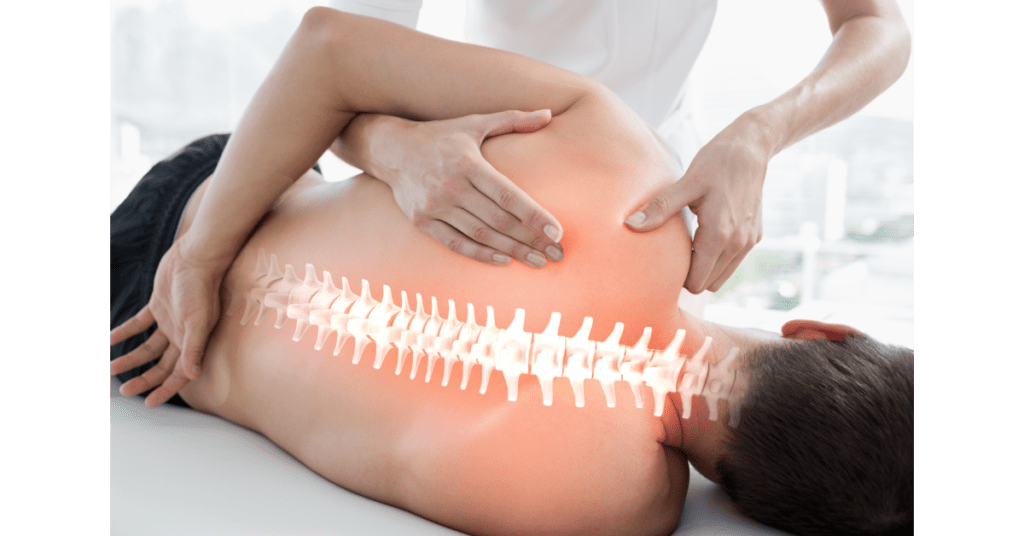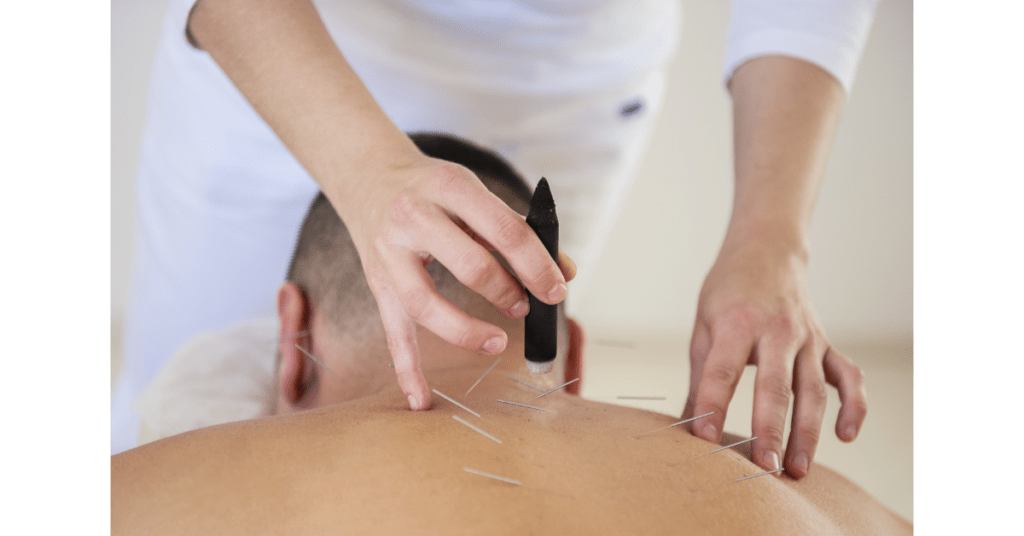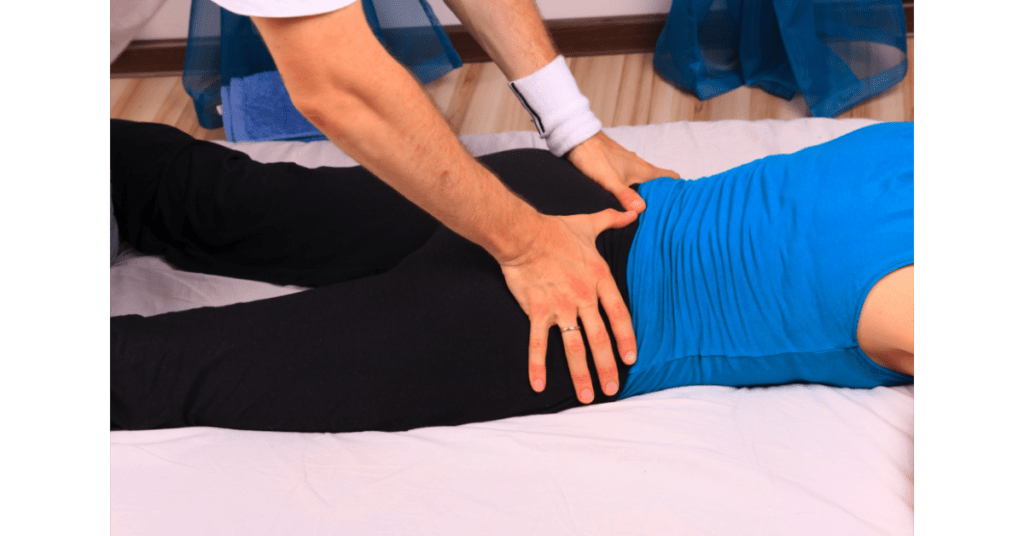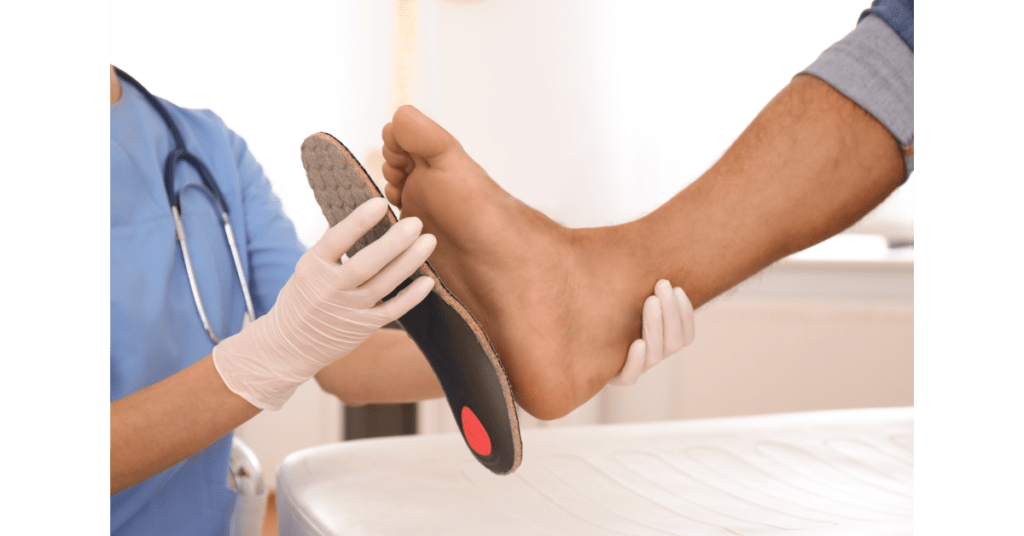What is Lingering IT Band Syndrome?

The iliotibial tendon (IT) descends from three hip muscles, runs along the outside of the leg, and forms a thick tendon on the outer side of the knee. This IT band helps to extend and rotate the hip and stabilize and move the side of the knee. If the muscles around the hip are unable to control the tendon properly, the IT band rubs on the knee’s bony prominence (known as the lateral femoral epicondyle). This results in the IT band becoming irritated, inflamed or tight. Consequently, sharp pain runs alongside the knee which may extend upward to the hip, making activities like walking, running, and cycling, impossible due to the severe discomfort.
What Causes IT Band Syndrome?
There are several Common causes and Risk factors of IT band syndrome. One of them is the overuse from repetitive strain on the knee, whether occupational (jobs requiring crouching and lifting), or recreational (like running, cycling or hiking), Previous IT band injury, Weak or inflexible hip, gluteal, abdominal, knee, or hamstring muscles, Incorrect technique or training in sports (including lack of strength training), Direct trauma to the outside of the knee, Poor lower body biomechanics (flat feet, bowlegs, unbalanced leg length), Wearing high heels (frequently) and Sitting for long periods of time every day. Athletes, who repeatedly move their knees (runners and cyclists), are most at risk for IT band syndrome.
What are the Signs and Symptoms of IT Band Syndrome?
In this condition, moving the knee causes irritation and pain. Pain starts either suddenly, or gradually, and progressively worsens. Other symptoms are Sharp pain just below the outer side of the kneecap stretching up to the thigh, making it difficult to walk, Pain when bending and straightening the knee due to the strain leading to thickening of the tendon, Soreness directly over the IT band and Tightness along with the quadriceps muscle and into the hips.
Are you looking for physiotherapy or a Chiropractor? If Yes, then visit Simply Align Rehab Physio in Scarborough/Toronto or Woodbridge/Vaughan or you can always call or text us for your Physiotherapy or Chiropractor needs in Toronto at (416) 438-3230 or For Physiotherapy or Chiropractor need in Vaughan (Woodbridge) at (905) 638-9840.
How is IT Band Syndrome Treated?
The treatment for IT band syndrome is conservative. Depending on the condition, initial treatment is done with rest, ice, and anti-inflammatory painkillers. However, it is important to begin the treatment right away as the IT band syndrome gets worse with time. Treatment includes Physiotherapy, Corticosteroid injections for severe, chronic cases, and Surgery if required (after other less invasive treatments have not helped). Physiotherapy is an important part of rehabilitation. Physiotherapy for IT Band Syndrome is non-surgical and drug-free and focuses on reducing pain and swelling, regaining strength, increasing mobility and function, and preventing recurrence.
Physiotherapy can include other activities, depending on the severity of the syndrome and individual needs. For example, Activity modifications, Stretching and strengthening exercises, Range of motion and flexibility exercises, Balance and control exercises, Core strength exercises and a Personalized exercise plan that can be done at home, with scope for continuous improvement and progress. It may include Preventative strategies to help manage lifestyle, work, and other risk factors, Patient education including return to work or sport recommendations, Cross-disciplinary pain-relieving therapies like Heat and cold therapy, Massage therapy, Acupuncture, Ultrasound therapy and Interferential current therapy (IFC). At our clinic we have notice by using Simply Align Technique which includes advance physical modalities, activity modification and specific exercises we have faster, longer lasting results with reduced healing time.
Visit our clinic in Scarborough, Toronto, or Woodbridge, Vaughan, and consult a physiotherapist right away.
Can IT Band Syndrome Go Away On Its Own?
Usually, patients hope that the pain will subside and they can get back to normal. They do not consult a physiotherapist for a few weeks. Unfortunately, this does not help them get rid of the pain because there is an imbalance in the pelvic region and core muscles. As a result, the longer you keep putting stress on the tendon, the symptoms are likely to reoccur and get worse over time, turning it into lingering IT band syndrome. So although a normal recovery takes six to eight weeks, delaying treatment can take three months or more, to fully recover. If the treatment plan is adhered to, the IT band syndrome is not likely to reoccur.
Can You Prevent IT Band Syndrome?
Yes. By integrating stretching and strengthening exercises into an overall fitness plan, the IT band syndrome can be prevented. Whether you play sports, run, or cycle, it is important to consult a physiotherapist about the best exercises for your activities. Other steps to prevent or reduce the chance of suffering from IT band syndrome are Warming up and stretching before exercise, Cooling down and stretching after exercise, Practicing proper techniques in sport, including stretching and strengthening exercises (especially core strength exercises and hamstring strengthening exercises for runners), Gradually increasing your training, Wearing orthotics and properly supportive shoes for your activity and Maintaining a healthy weight.








